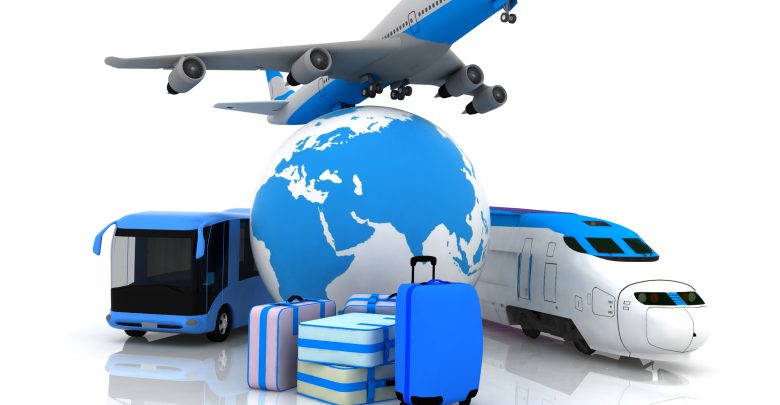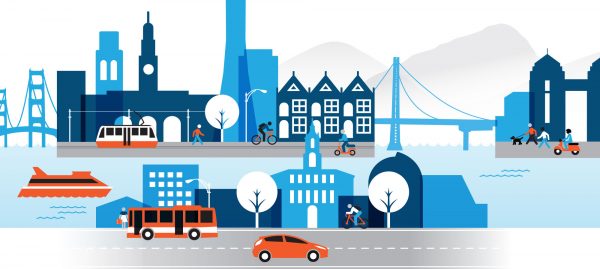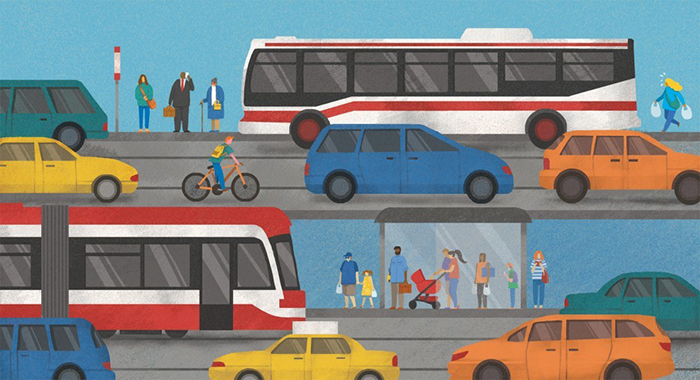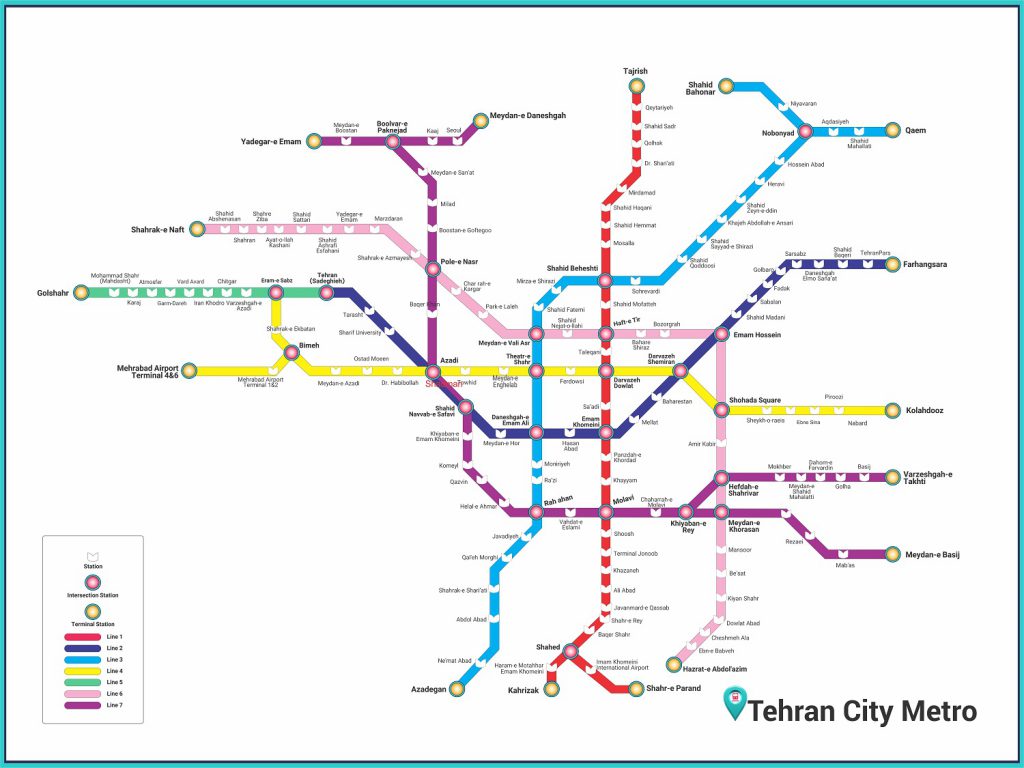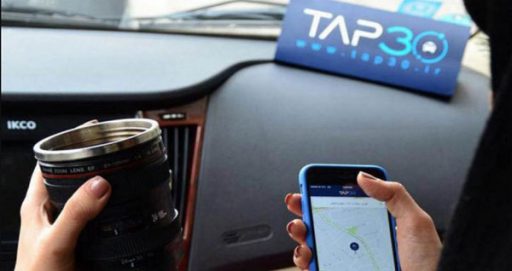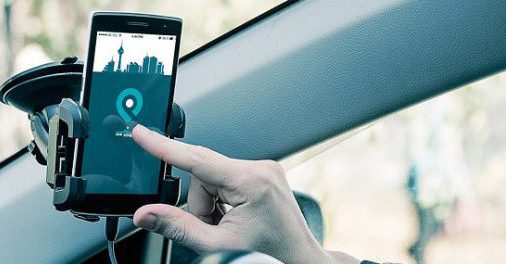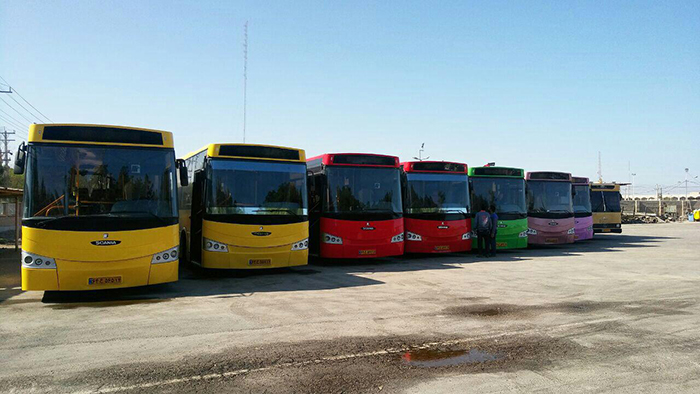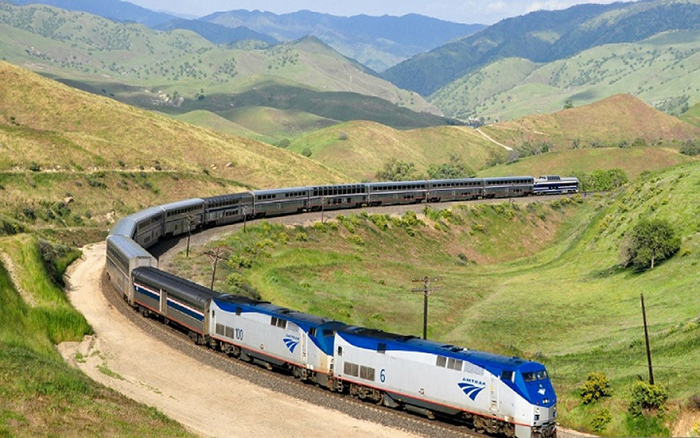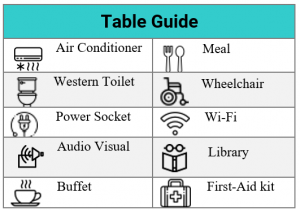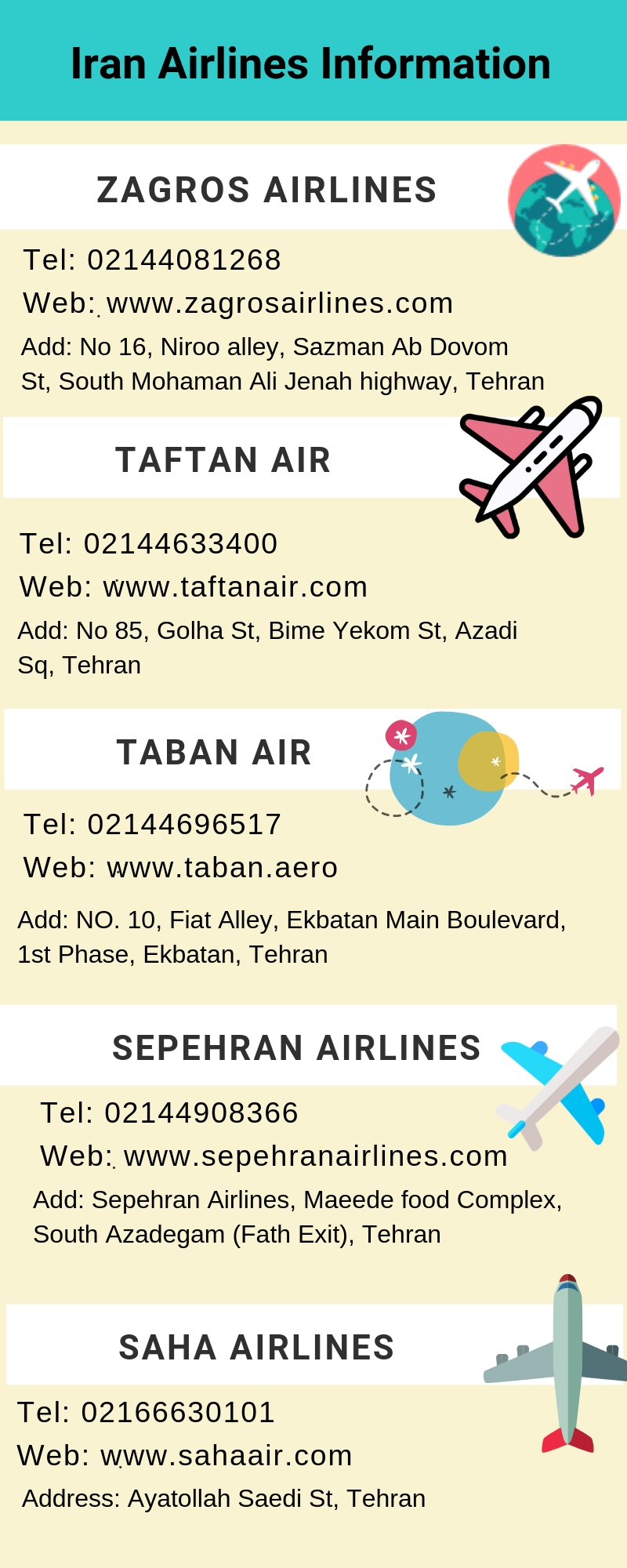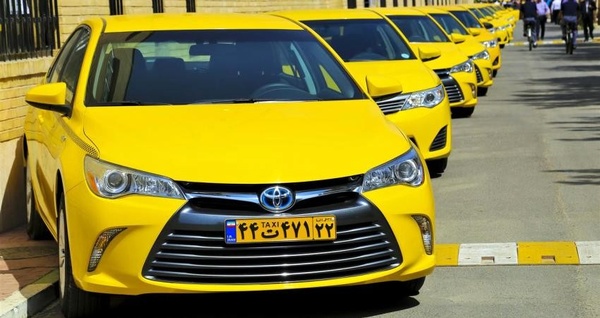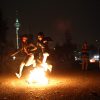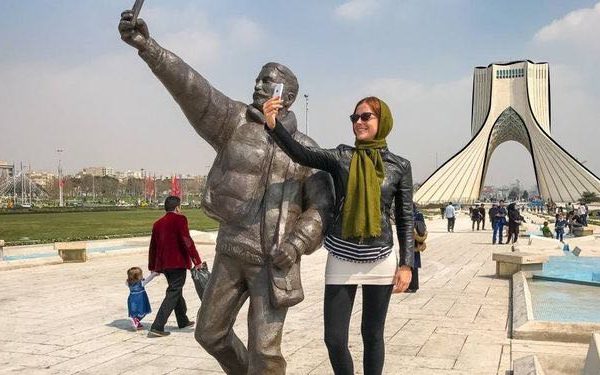Table of Contents
Getting around the new destination is one of the major concerns of every traveler. It is a good idea to know about transportation before traveling there, to have better timing during the trip and not compromise the joy of the trip over rushing between different tourist attractions.
Transportation in Iran is affordable, easy and comfortable for both Iranians and foreign travelers. The road network of Iran runs over 52,000 km and connects almost all cities across the country. People can travel all around Iran by any means of transportation such as taxi, trains, buses or airplanesdepending on where they start and end the trip. Within the cities, they can also use different kinds of local transportation such as taxi, metro, buses or minibuses.Now Let’s read about transportation in Iran.
Public Transportation
Getting around the city can be one of the major problems of tourists. Even though most of the cities of Iran are historical in nature and the landmarks are at walking distances from one another, the benefit of public transportation in Iran is undeniable. It is easily accessible, safe and pretty much comfortable to use; however, the crowd of the rush-hour on public transportation is something you might want to avoid. You can get on buses and taxis on the main streets. Each bus is marked with a specific number as well as the names of the neighborhoods it stops by or just the general direction it is headed to in Farsi. If you have trouble understanding the destination, don’t hesitate to ask the driver; try to say the name of your destination using an acquisitive intonation as most drivers might not be proficient English speakers. But you don’t need to worry about this as Iranians are usually on the edge of their seats to help tourists get around, if they spot one. In the major cities you might also find the maps of the buses and the subway. Get the maps of Tehran and Isfahan BRT bus services and subways. Special transportation cards are required for getting around on the subway or the buses. Bus drivers also accept cash if you don’t have the card but you need to pay more than the amount charged by cards in this case. Check out the guideline below for more information on how to use the transportation in Iran and stay safe.
Public transportation is safe and features women-only section
Buses, taxis and subways frequently travel across the major cities, carrying thousands of the locals. Women and men use separate sections of the buses and subways, not because of sexual discrimination but rather for a more comfortable experience. While these vehicles are safe, you must watch for pickpockets and in very rare cases harassers during the rush hours. There are women-only green taxis where the driver and passengers are all women.
Use a metro card and map in Tehran
Try to buy a metro card so that you do not need to stand in a long line every time for a ticket. Besides this, although you can find the map of the metro installed inside the wagons, you should carry a Tehran Metro map or Tehran Metro app to navigate your way more easily.
Women sit at the back of the bus
On intra-city buses, women usually sit on the rear chairs. Female travelers can use the second entrance to sit with other women. However, you can also sit with your male companion in front of the bus or stand in the area between the two sections.
There is no separate section in taxis
Going around the city with taxi is faster than the bus and there are no gender-specific limitations.
Some taxi drivers exceed their speed limit
Some taxi drivers may drive fast, ask them to drive more slowly if you feel uncomfortable or uneasy.
Use online city transportation apps in major cities
Snapp and Tap30 are local versions of Uber. They are user-friendly and cheaper than the regular taxis. You can also use Touchsi in Yazd, Mashhad, and Ahvaz. Thankfully, these apps can also be used in English. You can either pay in cash or pay online in Rials.
Don’t get in any car
Taxis in Iran are mainly yellow, or have a taxi sign installed on the car or a label stuck to the door. Random cars, with no signs or labels, also pick up passengers sometimes but you’d better avoid them.
Transportation between the Cities in Iran
Bus transportation is the most common means of traveling across the country due to its low price and high availability. Every year Iranians and tourists make 400 million bus trips around the country. For those who have many spots on their itinerary, the bus is a perfect choice. Currently, there are over 20 private bus companies that provide transportation by bus between cities. However, major bus companies in Iran include Royal Safar, Hamsafar, Iran Peyma, and Seir-o-Safar.
Types of buses
The quality of buses varies from one bus company to another, but generally speaking, the VIP buses offer the best services. They are more comfortable than normal buses and have air conditioner, reclining seats, fridge, private T.V, WI-Fi and more spacious double or solo seats. These kinds of buses typically operate in major routes of Iran such as Tehran to Esfahan or Mashhad and their prices are higher than normal buses.
Bus terminals
Bus terminals are generally located at the outskirts of major cities, which are easily accessible by taxi, metro or other means of transportation. However, some cities may have more than one bus terminal in the city or at the edge of the town. Bus service providing companies have their individual booths inside the terminal, where you can buy tickets. The other facilities include supermarkets, souvenir shops, restrooms, and even accommodation service. These terminals have their own taxi services to the town as well. It is more advisable to use these taxis as they are safer and their prices are fixed. There are also bus stations at almost every bus terminal in the country plus metro station in major cities like Tehran and Isfahan. In major cities, there are various bus terminals that provide regular transportation services to passengers. We recommend the following bus terminals:
- Tehran: Beyhaghi (Argentine) Bus Terminal and Tehran South Terminal.
- Isfahan: Kaveh Bus Terminal and Sofeh Bus Terminal
- Mashhad: Imam Reza Bus Terminal
- Yazd: Al–Qadir Bus Terminal
- Shiraz: Karandish Bus Terminal
- Kashan: Kashan Bus Terminal
Major Bus Routes in Iran
- Tabriz – Tehran (8:30 hrs): This is a famous route which is also used by those who enter Iran from Turkey or Armenia. Hamsafar and Seiro Safar companies provide daily VIP services on this route.
- Tehran – Isfahan (6hrs): It is the route from the capital to one of the top tourist destinations in Iran. Iran Peyma, Hamsafar and Royal Safar companies provide VIP services on this route.
- Tehran – Mashhad (12:45 hrs): This is an important route for those who wish to visit the holy city of Mashhad. Seir-o-Safar has daily VIP transportation services on this route.
- Isfahan – Shiraz (7hrs): This is another important route that connects two prime destinations for travelers. Royal Safar and Hamsafar companies are available bus providers on the route.
- Shiraz – Yazd (6:45 hrs): Yazd is one of the ancient and religious cities of Iran. Transportation service on this route is provided by Seiro Safar.
Tips for travelling by bus
- The inter-city buses stop at roadside restaurants or supermarkets for half an hour for the passengers who want to pray or rest.
- There are normally bottles of cold water or hot tea in every bus which are safe to drink.
- It is possible to buy a ticket at the terminals (in Rials only) prior to the trip or online via 1stquest or Persian websites like Alibaba.
- Visa card and master card don’t function in Iran due to sanctions.
- We advise you to purchase your ticket in advance, because no insurance is provided for passengers who get on the bus outside the terminal.
- Women are not allowed to sit on the first-row seats or next to a male stranger.
- There is a speed limit for bus drivers. Every 100 km the highway police station will check their speed records.
- Standing is not allowed on the bus and passengers must fasten their seatbelts during the trip.
- The maximum weight for luggage per individual is 20km. The extra amount is negotiable with the driver.
- Overnight bus travel is available.
- In high seasons, especially around Nowruz (the Iranian New Year Holiday) and other official holidays, it is difficult to buy a bus ticket. Therefore, we advise you to buy your ticket well ahead of these holidays.
- Some companies offer a discount for online shopping.
Traveling around Iran by Train
Different parts of Iran are well connected with a great railway network, with over 6,000 km of the railway and more than 350 railway stations. Railway transportation offers a safe and comfortable journey for both domestic and foreign travelers. It is the perfect option for those who are going to travel with their friends over a long distance in the country. Traveling with trains also provides a good chance to socialize with other passengers or enjoy the scenery. In addition, long-distance trains offer dinner and breakfast to their passengers. Currently, there are 11 active railway companies in Iran among which Raja Company is the oldest one.
Types of trains There are different types of trains in Iran, which provide various services with different qualities. They are mostly classified into two types in terms of their services: four bed trains, six bed trains and bus trains. Types of trains with their related services are shown in the table below. We suggest using VIP trains such as Negin, Zendeghi, Fadak, and Ghazal. They offer extra services such as audio-visual facilities, western baths, Wi-Fi and the like.
Major railway lines and cost
Tips for traveling by train
- If you are already in Iran, you can book your ticket in advance at the railway stations or via travel agencies. You can ask your hotel or your host to help you.
- You can book your online ticket through Iranrail or Persiatravelmart The websites of Raja and Alibaba are available too, but they are only in Farsi Language.
- If there is a holiday like Nowruz or Ashura, it is highly advised to book your ticket 1 month prior to your departure.
- If you want to reserve a ticket for a Thursday, book it at least one week prior to the departure time.
- You can only pay in cash or by a valid debit card in Iran.
- The price of trains may vary during the week. So keep in mind to check the exact price before departure time.
- There is no train route from Esfahan to Shiraz.
- The train route from Tehran to Shiraz does not stop in Isfahan. The best choice is traveling by bus.
- Separate compartments for women are available in trains.
- Trains have a short stop in one of the stations on their way for 20 minutes for taking a rest and saying prayers. It is announced in advance by the train officer.
- There may be several trains at the midway station, so be careful to take on the right train after leaving it.
- Unexpected delay due to negligence by railway companies is subject to compensation. 50 percent of the total price will be returned to the passenger up to one month from the departure time in all sale centers.
- In case you lose your ticket, you can refer to the sale counter (at the railway station), at most 1 hour before your departure and ask for a new one.
- Tickets are refundable. In case you cancel your ticket you can claim the total price up to one hour after your purchase and before the departure time. If your trip is canceled by the railway company due to a natural disaster or other reasons, you can claim the total price in all sale centers up to one month from the departure time.
Traveling around Iran by flight
Domestic flights in Iran are reliable, have low prices and cover most of provincial capitals. Major cities in Iran such as Tehran, Shiraz, Isfahan, Mashhad, Tabriz, Bandar Abbas, and Kish are useful arrival or departure flight points. Currently, several private and state airlines are active in these cities. Among these airlines, Mahan, Iran Air, and Aseman are the most reliable airlines and Caspian Airline, Kish Air and Taban Air have had the most fatal crashes in recent years. For more information about flights in Iran and comparing prices you can refer to 1stquest or some websites in Farsi, such as parvazyab or alibaba.aero
MehrAbad airport in Tehran
In Tehran, all domestic flights are at the MehrAbad International Airport. To board on a plane you should refer to:
- Terminal 1: Kish Air, Zagros
- Terminal 2: Iran Air, Iran Air Tour, ATA, Gheshm Air, Meraj, Naft
- Terminal, 4: Mahan, Caspian, Aseman, Atrak, Taban, Sepahan airlines.
Most Active domestic airports in other cities of Iran
There are various domestic airports in Iran. The busiest airports after MeharAbad airport are:
- Mashhad International Airport (Shahid Hasheminejad ), contact information: (031)33400020
- Shiraz International Airport (Shahid Dastgheib), contact information: (071)-37115000 or
- Isfahan International Airport (Shahid Beheshti), Contact information: (031)-3527505
Iranian Airlines
According to the Iranian Aviation Organization, there are currently 27 active airline companies in Iran, 18 of which are Iranian airlines and the other 9 are operating out of Iran. Some Iranian airlines are presented in the table below:
Domestic airport facilities
- There are numerous convenient facilities such as restaurants, coffee shops, supermarkets and the like at domestic airports. Just bear in mind that the prices may be a bit more expensive than those encountered commonly in the cities. So make sure to check the price before you purchase anything.
- If you need any guidance at the airports, refer to the many screens installed at the airport, flight information counters or passenger guide counter at the entrance, exit and transit halls.
- For legal issues (e.g. harassment or threat) refer to the terminal management office or airport police station.
- Women should observe the Iranian dress code at the airport. There is a female section at the entrance to every airport where women are checked for security issues and their hijab. It is not an overwhelming issue as this issue is just customary in Iran.
Allowed and prohibited items
- You are allowed to carry your purse (not exceeding than 5kg in weight) or digital items such as laptop and cell phone with you inside the plane cabin. There is also no limitation to take cosmetic or sanitary items with you to the cabin. However, firearms and other weapons, fragile and flammable objects, sprays such as tear gas or pepper gas, sharp pointed objects such as knife, razor, scissors, nail trimmers and the like, chemical and toxic substances, liquids, pastes, gels and aerosols, golf clubs, stakes, billiard cues, fishing rods and particularly the soil of Hormuz Island in Iran are not allowed inside the plane cabin.
- Prohibited objects into the airport include explosives, gas, solid fuel materials, reactive materials, flammable materials, oxidants and organic peroxide, toxic or infectious materials, radioactive materials, corrosive substances including car batteries and integral parts of car fuel system.
- The maximum cargo weight is 20km per person. For extra amounts of cargo, the passenger needs to pay a certain amount of money. However, ask your airline about the size and number of baggage items you can carry to the plane. Every airline has its own regulation.
- The following items can be carried in your baggage only in case they are registered baggage, with some exception: Stick or sporting goods, knives and cutting instruments, paintball guns, power tools and larger hand tools.
- No airline takes responsibility for your valuable items such as documents, jewelry or cash money. Therefore, it is recommended to take these items with you in the plane cabin.
Damaged items
In order to keep your belongings safe, you should pack your baggage carefully when you deliver it to the airline; otherwise, no airline would take responsibility for your damaged items. However, insurance also covers for baggage.
Transportation at the airport
- Taxi and bus services are available in and out of the airport terminals. However, it is recommended to hire the airport taxi at the terminals or use the nearest metro lines in Tehran MehrAbad Airport. There are two metro stations near the MeharAbad Airport:
- Mehrabad Airport Terminal 1&2 Metro Station. Terminal 1 is only used for departure of Kish Air and Zagros Airlines. Terminal 2 is used for arrivals of Iran Air, Iran Air Tours, Meraj Airlines, Qeshm Air and Ata Airlines, Kish Airlines and Zagros Airlines.
- Mehrabad Airport Terminal 4&6 Metro Station. Terminal 4 handle departures and Terminal 6 handles arrival of Aseman, Mahan, Taban, Caspian, Atrak and Pouya airlines.
- Tap30 or Snapp services (Taxi applications) or any other kind of online transportation services are not supported at the airports. Tap30 and Snapp are local versions of Uber. They are user-friendly andcheaper than the regular taxis. You can either pay in cash or pay online in Rials. Thankfully, they also have an English version. You can also use Touchsi in Yazd, Mashhad, and Ahvaz.
- To beat the traffic, especially in Tehran (the capital), it is recommended to be present at the airport at least 1 hour before your departure time.
- The check-in counter will be closed 20 minutes before departure in domestic flights.
- You can use online applications in order to schedule your arrival at the airports in Iran.
Lost and found items
- You can refer to the baggage officer or the police station office for mislaid or missing items. You need to present your passport and original product invoice (such as mobile, laptop, photography camera) to collect your item.
- If you find any missing item you can contact the consignment office at the airport.
Animals and pets To take any animals into Iran, the health certificate is required. For more information refer to Tehran.ivo.ir or call the Veterinary Department of Tehran: 021-44787529, or the Quarantine Unit of Airport : 09104572046 / 021-55678192
Smoking
Smoking is forbidden in all domestic flights in Iran.
Kids
- The price of tickets for infants is different from charter flights and systematic flights in Iran. Charter flights have two price rates for infants. Kids below 2-years-old do not require a separate seat and are allowed to seat on their parents’ laps. It costs 10% of the regular fare (for insurance). However, kids older than 2-years-old require a separate seat with the same price as elders. In scheduled flights, there are three price rates for infants. The ticket for kids of less than 2-years-old costs 15 percent of the adult fare. The ticket for kids between 2- and 12-years old has a 50% discount of the full adult fare (except 75 percent for Mahan airline) and the ticket of infants older than 12 years old is the same price as elders.
- Most airlines allow passengers to carry baby food such as milk powder, liquid meals or his/her required medicine to the plane cabin.
- There is also a baby room in almost all airports where you can feed and nurse your baby. Apart from that, there are baby chairs in the plane cabin that you can request for the comfort of your child.
Reservation and purchase
- It is recommended to buy your flight ticket via Iran Air, Mahan or Aseman airlines, as they are more modern, safer and closer to European standards.
- You can reserve or buy your flight ticket in advance via 1stquest or Alibaba or Iranroute or through local travel agencies.
- During the off-season (from late June to early August and January to late March) you can find cheaper tickets.
- Delay is common among Iran domestic airlines.
Traveling around Iran by taxi
Taxi is the most common and convenient mode of transportation when traveling to a completely unknown country. Though more comfortable, it is not as safe the bus or train. The number of car accidents in Iran is higher than other means of transportation, especially in high seasons. However, if you decide to travel by taxi, there are a number of taxi agencies (especially at transportation terminals), which provide taxi services in and out of the city. It is also possible to rent a private car in Iran in advance. There are different companies who rent a car to passengers such as Europcar. You can also contact the Iranian website Hipersia to rent a car with a driver or without a driver. They will be in touch with you via email. There are other active companies in Iran who rent a car as well. The tripadvisor website recommends Saadatrent or Tehranrentcar ((+98)09125585658 – (+98) 02122240817) or Shayan Gasht. ((+98) 09121508600 – (+98)09029261805).


